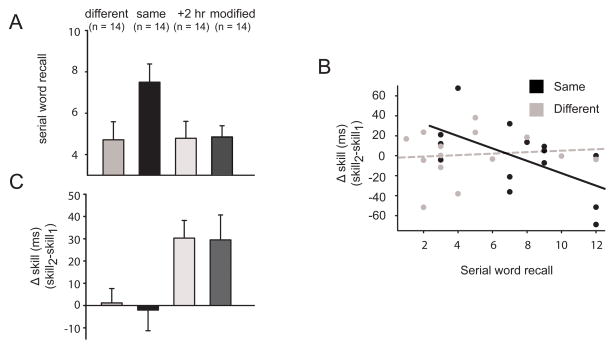Figure 3. Learning transfer from a motor skill task to a word-list memory task, and its link to the interference of the motor skill.
(a) There was transfer from the motor task to the subsequent word-list when the tasks shared the same structure shown by the enhanced serial recall at testing compared to when the memory tasks had different structures (unpaired t-test, t(26) = 2.244, p = 0.034; bar plots display, mean ± sem). (b) The transfer of learning to the word-list, shown by enhanced serial word recall, was correlated with the change in motor skill between testing and retesting (F(1,12)=6.43, p = 0.026, R = 0.590). By contrast, when there was no learning transfer, when the two tasks had different structures, we found that the serial recall was not correlated with the change in motor skill (F(1,12) = 0.12, p = 0.736, R = 0.099). (c) Inserting a 2-hr interval between the memory tasks, or modifying the order of task elements within both tasks prevented interference, which allowed the development of off-line improvements between testing and retesting (both paired t-tests; t(13)> 2.5,p< 0.025). Preventing interference, using either of these methods, also prevented learning transfer to the word-list. Serial word recall was significantly less with the insertion of the 2-hr interval (unpaired t-test; t(26) = 2.73, p = 0.011) or with the changes to the order of task elements (unpaired t-test; t(26) = 2.254, p = 0.033) than when the unmodified tasks had been performed in quick succession.

